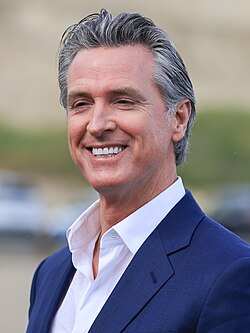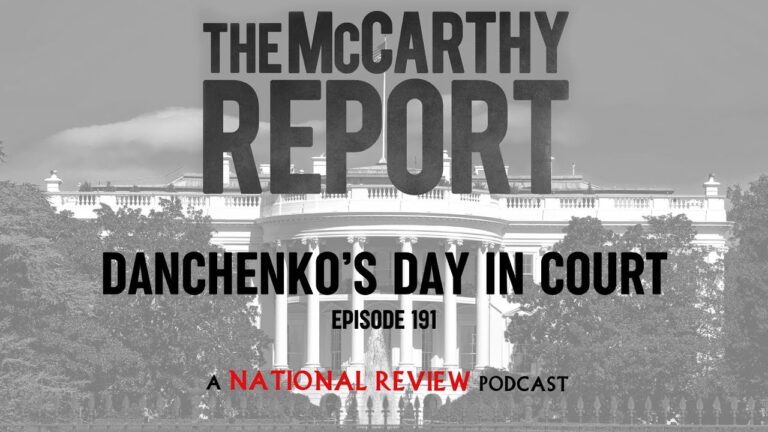
Introduction
Gavin Newsom, the Governor of California, continues to play a pivotal role in shaping the state’s political landscape and policies. His leadership comes at a time when California faces numerous challenges including housing affordability, climate change, and public health crises. Understanding Newsom’s policies and initiatives is vital for Californians and observers alike, as they reflect broader trends in American governance and Democratic strategy.
Newsom’s Key Initiatives
Since taking office in January 2019, Governor Newsom has implemented several ambitious initiatives aimed at addressing the most pressing issues facing Californians. One of his primary focuses has been on homelessness and housing, as California faces a crisis with over 160,000 homeless individuals. Newsom proposed a $12 billion plan to combat homelessness, which includes resources for mental health services and long-term housing solutions.
In the arena of climate policy, Newsom has been a strong advocate for environmental reforms. In September 2020, he announced an executive order to phase out the sale of new gasoline-powered cars by 2035, aiming to reduce greenhouse gas emissions and promote electric vehicle usage. This initiative aligns with California’s broader goal of achieving carbon neutrality by 2045.
Challenges and Criticisms
Despite his forward-thinking policies, Governor Newsom has faced significant challenges, especially during the COVID-19 pandemic. His administration grappled with criticisms regarding the handling of restrictions, vaccine distribution, and support for small businesses. In 2021, these challenges culminated in a recall election effort, spurred by his administration’s perceived mishandling of the pandemic and economic strain. Ultimately, Newsom successfully fended off the recall, reaffirming support among Democratic voters.
Forecast for the Future
As he heads into the future of his governorship, Newsom aims to innovate further in California’s education system, improve economic equity, and continue combating climate change. His actions may serve not only to galvanize Democratic voters but also impact national political trends leading up to the 2024 elections. Political analysts suggest that how Newsom navigates these issues could serve as a bellwether for Democratic strategies across the United States.
Conclusion
Gavin Newsom has emerged as a significant figure in California politics, strongly influencing critical statewide issues while facing considerable challenges. His leadership style, policies, and resilience during tough political climates will continue to shape not just California’s future, but potentially the Democratic Party’s approach nationally. As California remains a focal point for innovation and progressive governance, Newsom’s ongoing initiatives will be closely observed by political analysts, voters, and policymakers alike.






